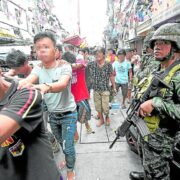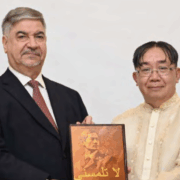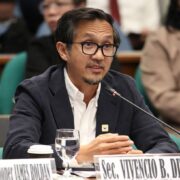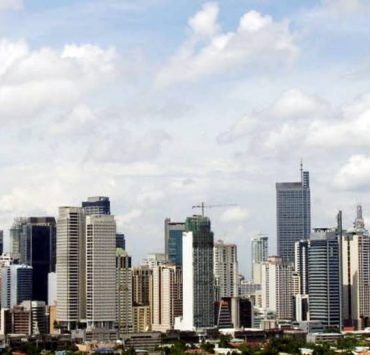Mitigating the urban heat wave
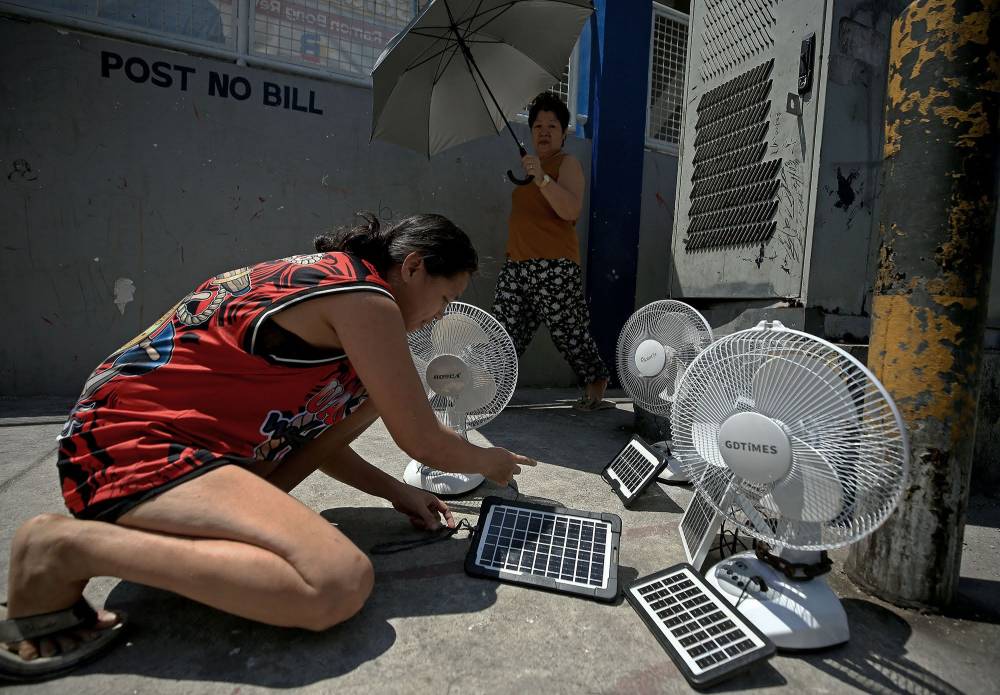
The Inquirer editorial “Are we ready for global boiling?” (7/30/23) calls urgent attention to the impact of the increasing frequency and intensity of heat waves on people’s health, water supply, food production, and livelihood. While rising temperatures are affecting the whole country, it is particularly making our cities some of the hottest places to be. And the United Nations has predicted that there will be more and more heat waves in the years to come.
People living in cities are at a higher risk of heat waves because city infrastructure—like roads and buildings—absorbs heat and then releases it back into the air, thus creating the “heat island effect” which are the highest temperatures in urban areas during a heat wave. City dwellers, too, have a major problem in trying to keep cool. Air-conditioning systems use tons of fossil fuels making the problem worse. While houses and offices stay cool, the planet does not.
Local governments, however, can take steps to help residents, infrastructure, and systems reduce their vulnerability to heat, both in response to an extreme heat event and as part of longer-term planning to lessen future risks. The most effective way is to develop a comprehensive heat response plan that combines individual strategies into an integrated approach. Components of such a plan can include forecasting and monitoring, education and awareness, heat wave response, and infrastructure improvements.
Reliable weather forecasts allow city officials to warn citizens and emergency agencies of heat waves in a timely manner so they can prepare the proper response, similar to that for typhoons, extreme rainfall, and flooding. In addition to providing extreme heat warnings, local governments should have a public health outreach program to communicate information about potential risk factors, symptoms of excessive heat exposure, and recommended response and treatment.
During heat waves, local governments can establish hotlines to alert public health officials about high-risk or distressed individuals; ensure the proper functioning of energy and water systems; encourage energy conservation to reduce demand on electricity systems, and implement load restrictions for older roads and bridges to reduce traffic on vulnerable transportation infrastructure.
Local governments can also help urban areas adapt to extreme heat in the short-term by improving the resilience of infrastructure. Transportation planners and engineers can protect or modify roads, bridges, and other structures, for example, by using materials that are more resilient and heat tolerant, to help these systems withstand higher temperatures and reduce service disruptions. They can also implement energy efficiency and conservation efforts to reduce stress on electricity systems during heat waves and help avoid power outages.
As well, city officials can incorporate heat island reduction strategies—such as green or cool roofs, cool pavements, or more vegetation and trees—into long-term planning to help reduce extreme temperatures during future heat waves. For example, local building codes that promote “living walls” and urban agriculture or gardens on roofs can help keep buildings cooler. Cool pavements—particularly light-colored and permeable pavements that absorb less heat from the sun and absorb more water than concrete or asphalt—can be used for roads and parking lots to help cool areas. These measures also reduce flooding as well as electricity demand, and help improve the reliability of the electrical system, particularly during heat waves.
Sound urban planning that includes measures for adapting to extreme heat in both the short- and long-term is an effective way for cities to respond to the heat island effects, with local governments fulfilling their mission to protect people and provide vital services to the community.
Nathaniel von Einsiedel is a fellow of the Philippine Institute of Environmental Planners and principal urban planner of CONCEP Inc. which specializes in sustainable urban development planning.
The author (nveinsiedel@gmail.com) is a Fellow and Past President of the Philippine Institute of Environmental Planners and Principal Urban Planner of CONCEP Inc.




